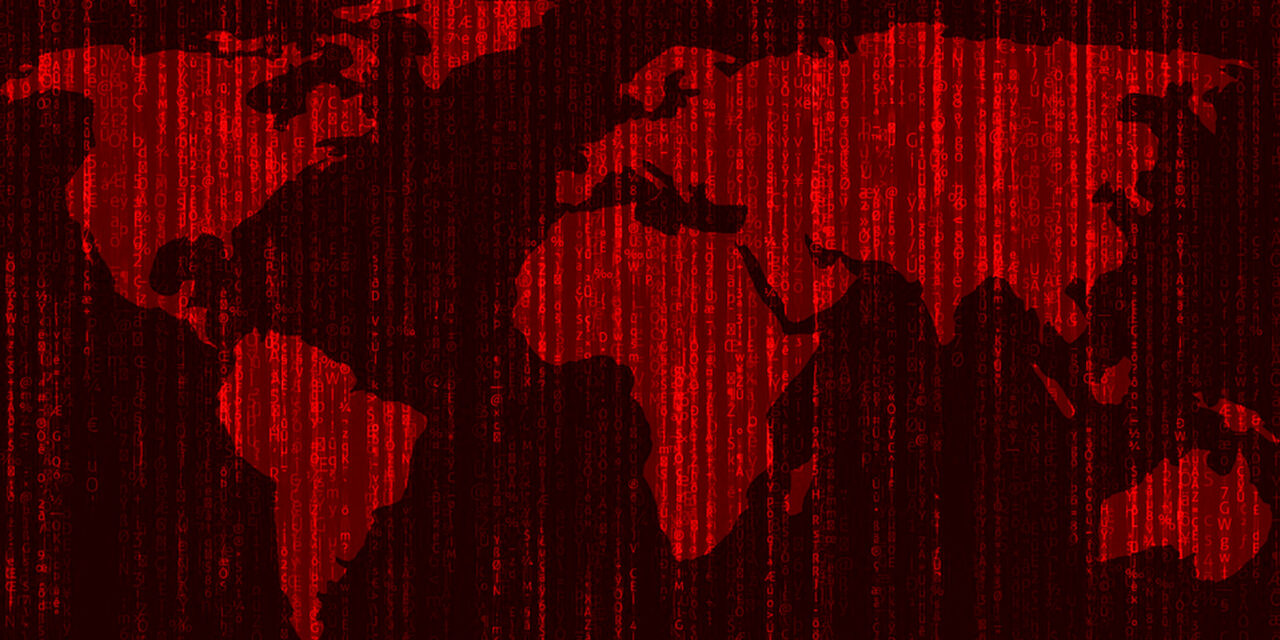With increasing migrations to cloud platforms due to DX, one recent study has discerned a lag in data management and protection.
How resilient are the various countries around the world against rising levels of ransomware attacks?
According to a recent survey of 2,690 senior IT executives across 21 countries, the safest countries to be in (to avoid ransomware attacks) were Poland and Hungary in September 2020.
In terms of ransomware attack incidence, 69% of the Singapore’s 150 respondents reported that they never experienced one. This was followed by Japan’s 150 respondents (67%). The report associated this with being the ‘most resilient’ in ransomware.
Other figures cited were:
- India (43%) and Singapore (39%) were the top 2 countries most likely to pay the ransom in full. For organizations in the Asia Pacific region (APAC), external threats (36%) which includes data breaches and ransomware would be their top IT concern, followed by internal attacks (34%) which includes leaks and employee errors.
- Less than half of APAC organizations were confident that they had security measures that have fully kept up with IT complexities (42%). India reported being the most confident (55%) followed by Singapore (49%).
- While 46% of APAC respondents had increased their IT security budget since the start of the pandemic, 26% had actually decreased spending. On average, Singapore organizations suffered the most numbers of days disrupted due to a ransomware attack, with 43% reporting 5 to 9 days of disruption. China (48%), India (43%) and Japan (33%) led the way in least days of disruption—experiencing less than a day of disruption.
- Finally, the three most common data protection tools deployed among ransomware victims that did not need to pay ransoms were: anti-virus and endpoint security (55% incidence); offline data backup (50%) and storage of multiple backups in different locations (44%).

Clouding the resilience
With accelerated digitalization during the pandemic, the resultant increase in migration to multi-cloud infrastructures may have impacted resilience to ransomware globally.
Complexity in cloud architectures was shown to have a significant impact on a business’s ability to recover following a ransomware attack. While 45% of those businesses with fewer than five cloud providers in their infrastructure saw their operations disrupted by five to 10 days, only 40% of those with more than 20 were as fast to return to normal.
Moreover, 12% of the over-20s took less than 5 days to recover, with just 44% of the under-fives having to wait so long. Regardless of number of cloud services deployed, 43% of respondents estimated five to 10 average days of business disruption due to a ransomware attack on average.
Finally, there was a correlation between increased investments in IT security (during the pandemic) and the ability to restore data in the wake of an attack: 46% of those spending more since the pandemic’s arrival were able to restore 90% or more of their data, compared with just 40% of those spending less. The results suggest that there is more to be done though, with the average business being able to restore only 83% of its data.
Bridging the IT resilience gap
According to the executive summary by Veritas Technologies, which commissioned the survey, there is a widening gap between digitalization and IT resilience.
There are even disconnects between how top-level executives think about their organization’s resilience ransomware attacks, compared to those leaders on the front lines.
With less than half of respondents having tested their disaster recovery plans in the past two months, coupled with the fact that any recovery may disrupt operations for days, the resilience factor is a major concern going forward.
The firm recommends enterprises to adopt a proactive approach with sound data management and protection best practices.

















